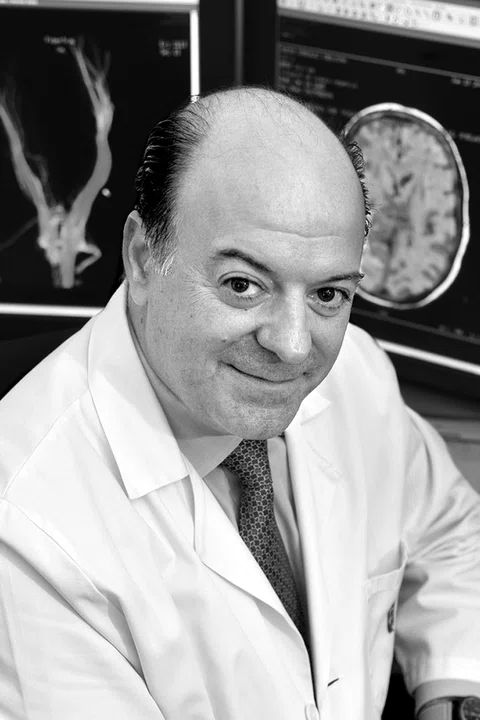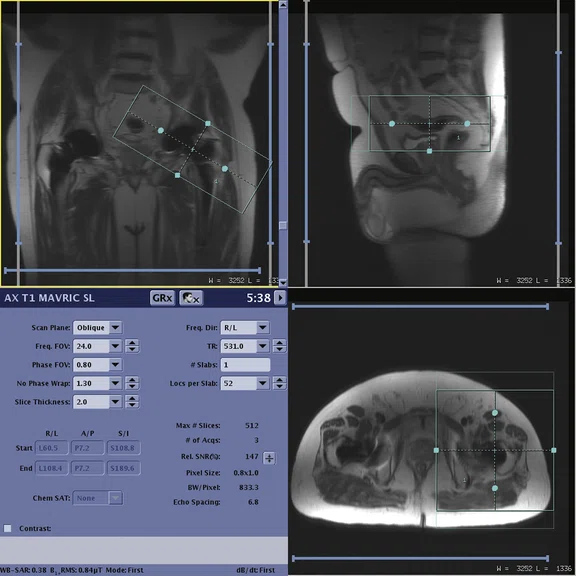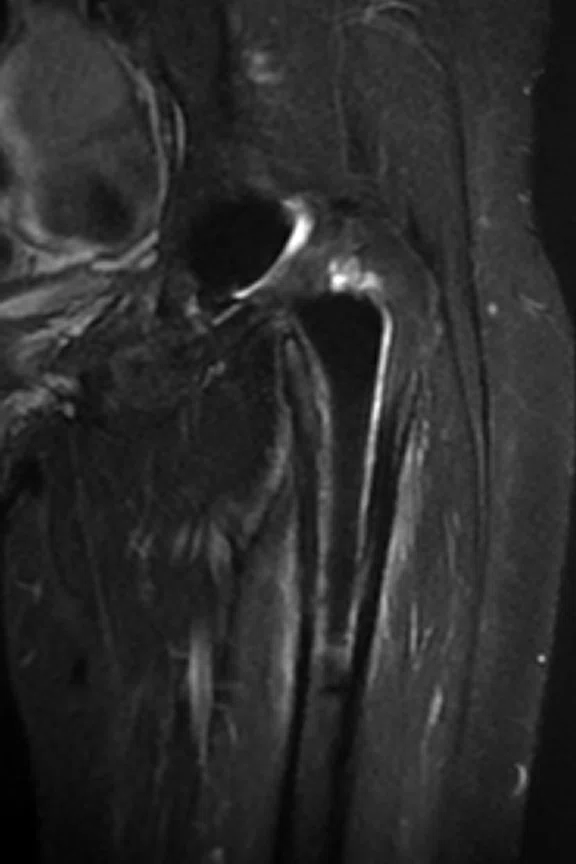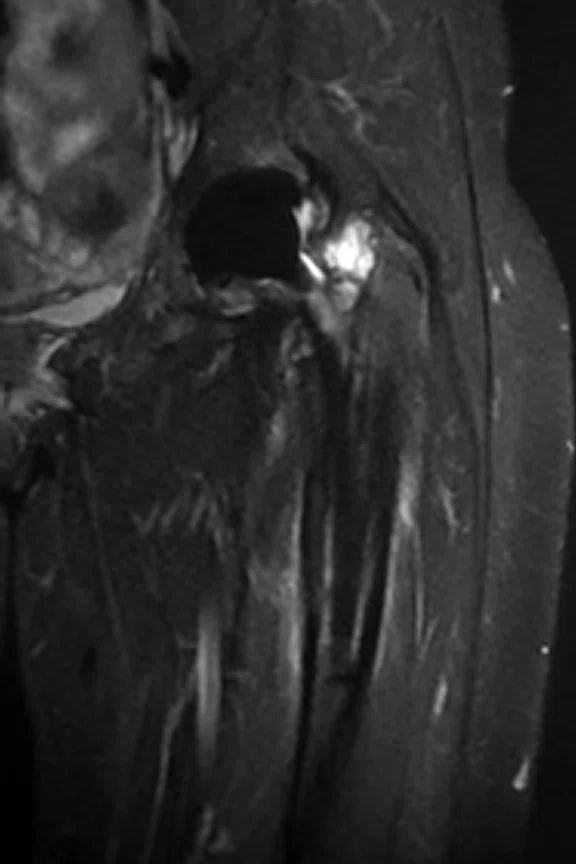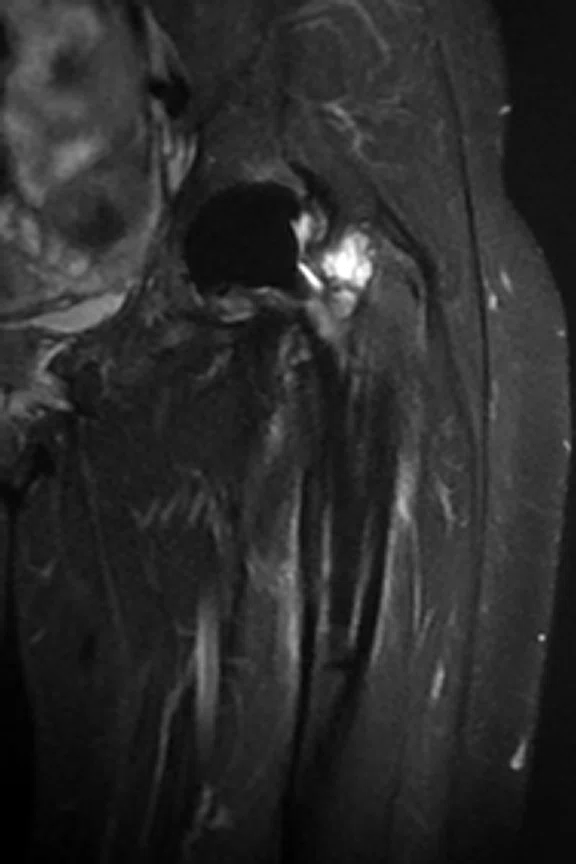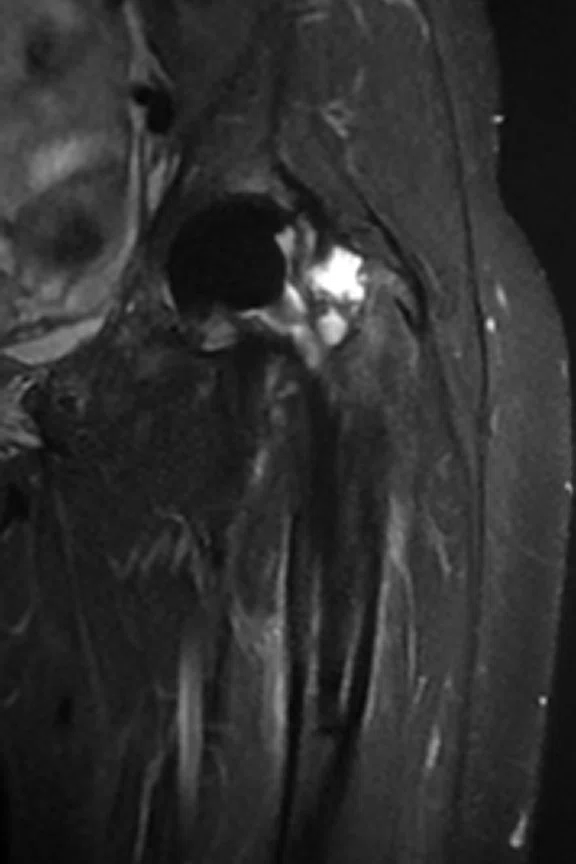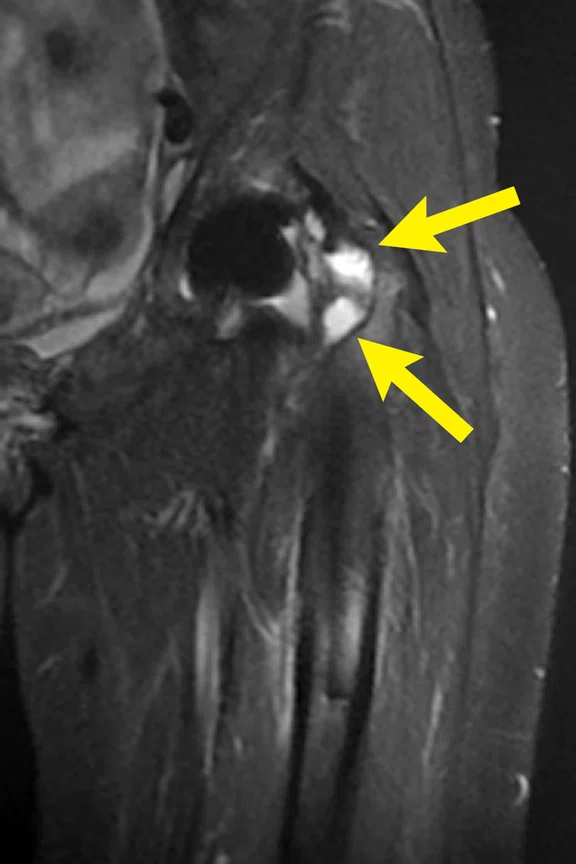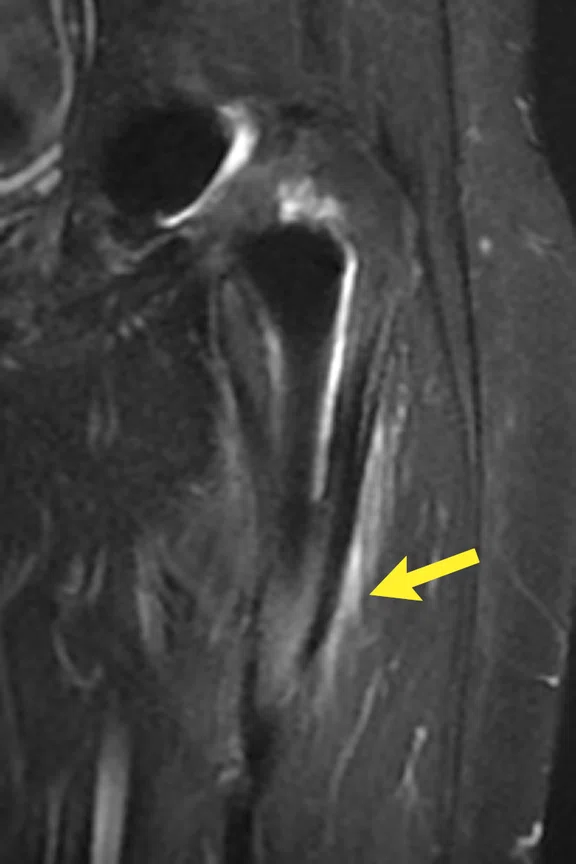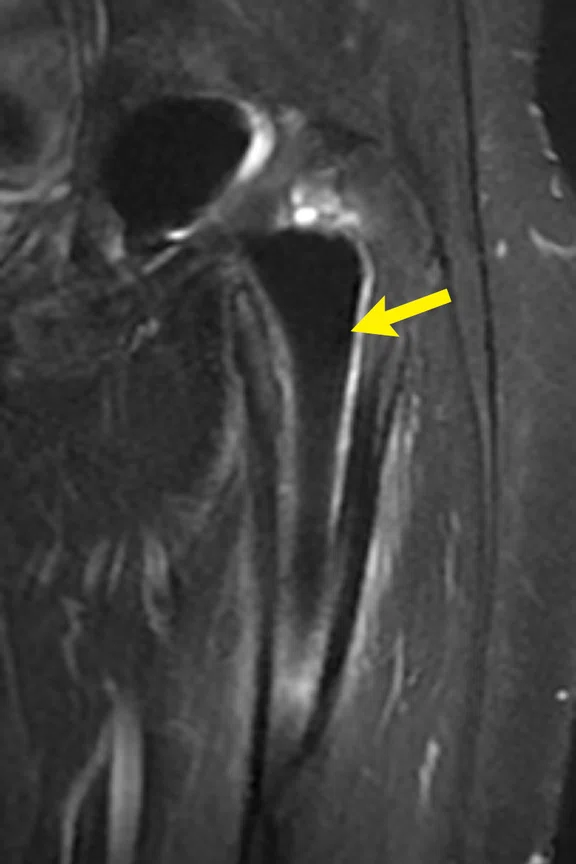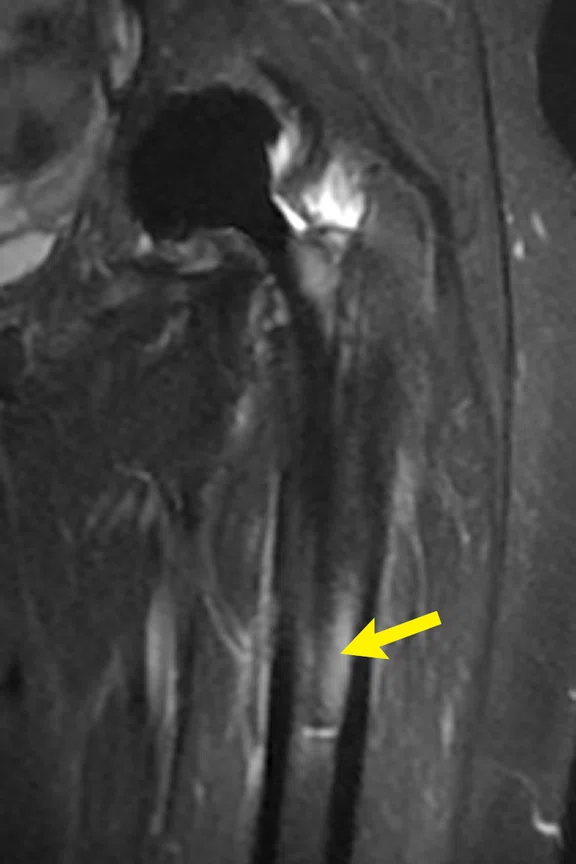1. Etkin CD, Springer BD. The American Joint Replacement Registry-the first 5 years. Arthroplast Today. 2017;3(2):67-69. Published 2017 Mar 14. doi:10.1016/j.artd.2017.02.002.
2. Bayliss LE, Culliford D, Monk AP, Glyn-Jones S, Prieto-Alhambra D, Judge A, Cooper C, Carr AJ, Arden NK, Beard DJ, Price AJ. The effect of patient age at intervention on risk of implant revision after total replacement of the hip or knee: a population-based cohort study. Lancet. 2017 Apr 8;389(10077):1424-1430. doi: 10.1016/S0140-6736(17)30059-4. Epub 2017 Feb 14. Erratum in: Lancet. 2017 Apr 8;389(10077):1398. PMID: 28209371; PMCID: PMC5522532.
3. AAOS: Volume of Primary and Revision Total Joint Replacement in U.S. Projected to Grow by Triple Digits. Orthopedic Design & Technology, March 2018. Available at: https://www.odtmag.com/contents/view_breaking-news/2018-03-09/volume-of-primary-and-revision-total-joint-replacement-in-us-projected-to-grow-by-triple-digits/.
4. How Many Spinal Fusions are Performed Each Year in the United States? iData Research, May 2018. Available at: https://idataresearch.com/how-many-instrumented-spinal-fusions-are-performed-each-year-in-the-united-states/.
Figure 2.
MAVRIC SL is now compatible with Flexible NPW. Images courtesy of Quirónsalud Madrid University Hospital.
A
Figure 3.
(A) Isotropic T1 HyperMAVRIC SL, 1.1 x 1.1 x 1.4 mm and (B-D) reformats. Images courtesy of Leonardo da Vinci Medical Imaging Group.
B
Figure 3.
(A) Isotropic T1 HyperMAVRIC SL, 1.1 x 1.1 x 1.4 mm and (B-D) reformats. Images courtesy of Leonardo da Vinci Medical Imaging Group.
C
Figure 3.
(A) Isotropic T1 HyperMAVRIC SL, 1.1 x 1.1 x 1.4 mm and (B-D) reformats. Images courtesy of Leonardo da Vinci Medical Imaging Group.
D
Figure 3.
(A) Isotropic T1 HyperMAVRIC SL, 1.1 x 1.1 x 1.4 mm and (B-D) reformats. Images courtesy of Leonardo da Vinci Medical Imaging Group.
5. Guerini H, Morvan G, Judet T, et al. IRM des prothèses de hanche. La Hanche, 2019. Proceedings of the 46th congress of the Societe D’Imagerie Musculo-squelettique.
A
Figure 4.
MAVRIC SL STIR contiguous slices depict a soft tissue edema with two fluid collections (arrows), 1.4 mm slice thickness. Images courtesy of Leonardo da Vinci Medical Imaging Group.
B
Figure 4.
MAVRIC SL STIR contiguous slices depict a soft tissue edema with two fluid collections (arrows), 1.4 mm slice thickness. Images courtesy of Leonardo da Vinci Medical Imaging Group.
C
Figure 4.
MAVRIC SL STIR contiguous slices depict a soft tissue edema with two fluid collections (arrows), 1.4 mm slice thickness. Images courtesy of Leonardo da Vinci Medical Imaging Group.
D
Figure 4.
MAVRIC SL STIR contiguous slices depict a soft tissue edema with two fluid collections (arrows), 1.4 mm slice thickness. Images courtesy of Leonardo da Vinci Medical Imaging Group.
E
Figure 4.
MAVRIC SL STIR contiguous slices depict a soft tissue edema with two fluid collections (arrows), 1.4 mm slice thickness. Images courtesy of Leonardo da Vinci Medical Imaging Group.
A
Figure 5.
(A) Soft tissue edema around the femoral cortical bone (arrow), (B) bone prothesis interface with liquid (arrow) and (C) bone edema (arrow). The association of bone edema and soft tissue edema around the femoral implant is a very good indication of sepsis. Images courtesy of Leonardo da Vinci Medical Imaging Group.
B
Figure 5.
(A) Soft tissue edema around the femoral cortical bone (arrow), (B) bone prothesis interface with liquid (arrow) and (C) bone edema (arrow). The association of bone edema and soft tissue edema around the femoral implant is a very good indication of sepsis. Images courtesy of Leonardo da Vinci Medical Imaging Group.
C
Figure 5.
(A) Soft tissue edema around the femoral cortical bone (arrow), (B) bone prothesis interface with liquid (arrow) and (C) bone edema (arrow). The association of bone edema and soft tissue edema around the femoral implant is a very good indication of sepsis. Images courtesy of Leonardo da Vinci Medical Imaging Group.
A
Figure 1.
A near 3D isotropic acquisition with HyperMAVRIC SL on SIGNA™ Premier 3.0T. Images courtesy of Quirónsalud Madrid University Hospital.
B
Figure 1.
A near 3D isotropic acquisition with HyperMAVRIC SL on SIGNA™ Premier 3.0T. Images courtesy of Quirónsalud Madrid University Hospital.
D
Figure 1.
A near 3D isotropic acquisition with HyperMAVRIC SL on SIGNA™ Premier 3.0T. Images courtesy of Quirónsalud Madrid University Hospital.
C
Figure 1.
A near 3D isotropic acquisition with HyperMAVRIC SL on SIGNA™ Premier 3.0T. Images courtesy of Quirónsalud Madrid University Hospital.
A
Figure 1.
A near 3D isotropic acquisition with HyperMAVRIC SL on SIGNA(tm) Premier 3.0T. Images courtesy of Quirónsalud Madrid University Hospital.
B
Figure 1.
A near 3D isotropic acquisition with HyperMAVRIC SL on SIGNA(tm) Premier 3.0T. Images courtesy of Quirónsalud Madrid University Hospital.
D
Figure 1.
A near 3D isotropic acquisition with HyperMAVRIC SL on SIGNA(tm) Premier 3.0T. Images courtesy of Quirónsalud Madrid University Hospital.
C
Figure 1.
A near 3D isotropic acquisition with HyperMAVRIC SL on SIGNA(tm) Premier 3.0T. Images courtesy of Quirónsalud Madrid University Hospital.
A
Figure 3.
(A) Isotropic T1 HyperMAVRIC SL, 1.1 x 1.1 x 1.4 mm and (B-D) reformats. Images courtesy of Leonardo da Vinci Medical Imaging Group.
D
Figure 3.
(A) Isotropic T1 HyperMAVRIC SL, 1.1 x 1.1 x 1.4 mm and (B-D) reformats. Images courtesy of Leonardo da Vinci Medical Imaging Group.
C
Figure 3.
(A) Isotropic T1 HyperMAVRIC SL, 1.1 x 1.1 x 1.4 mm and (B-D) reformats. Images courtesy of Leonardo da Vinci Medical Imaging Group.
B
Figure 3.
(A) Isotropic T1 HyperMAVRIC SL, 1.1 x 1.1 x 1.4 mm and (B-D) reformats. Images courtesy of Leonardo da Vinci Medical Imaging Group.
result


PREVIOUS
${prev-page}
NEXT
${next-page}



Subscribe Now
Manage Subscription
FOLLOW US
Contact Us • Cookie Preferences • Privacy Policy • California Privacy PolicyDo Not Sell or Share My Personal Information • Terms & Conditions • Security
© 2024 GE HealthCare. GE is a trademark of General Electric Company. Used under trademark license.
IN PRACTICE
No bones about it: improved MAVRIC SL and new HyperMAVRIC SL deliver fast isotropic imaging with metal artifact reduction
No bones about it: improved MAVRIC SL and new HyperMAVRIC SL deliver fast isotropic imaging with metal artifact reduction
Orthopedic surgeries frequently involve implants and instrumentation, ranging from full joint replacements, plates and fixation screws. In the US, there are more than 1 million hip and knee arthroplasties1 with a 35 percent lifetime risk of revision for those who had surgery under age 702. A 2018 study projected a 171 percent growth in total hip replacement and a 189 percent growth in total knee replacement surgeries in the US by 20303. In addition, there are also approximately 1.62 million instrumented spine surgeries performed annually in the US4.
Orthopedic surgeries frequently involve implants and instrumentation, ranging from full joint replacements, plates and fixation screws. In the US, there are more than 1 million hip and knee arthroplasties1 with a 35 percent lifetime risk of revision for those who had surgery under age 702. A 2018 study projected a 171 percent growth in total hip replacement and a 189 percent growth in total knee replacement surgeries in the US by 20303. In addition, there are also approximately 1.62 million instrumented spine surgeries performed annually in the US4.
These types of surgeries often require pre- and post-op MR imaging for soft tissue and bone assessment. Historically, it was well-known that conventional MR imaging around implants can lead to artifacts and poor image quality. To address this issue, GE Healthcare introduced MAVRIC SL in 2013 to improve imaging of soft tissue and bone in the presence of MRConditional implants. This technique ushered in a new opportunity to visualize adverse local tissue reactions, the presence of inflammation and infection near an implant, and other arthroplasty complications. However, scan times were long and many patients suffering from joint pain could not lie still for the duration of the study. Furthermore, it could be difficult for the MR technologist to manage aliasing in the off-isocenter shoulder and hips, and this often led to large field-of-views (FOVs) and low resolution.
In 2019, GE made several significant improvements to the MAVRIC SL application to help address these challenges.
MAVRIC SL now includes T2-weighting (in addition to T1, PD and STIR), is compatible with Flexible No Phase Wrap (NPW), and features an automated-parameter setting for streamlined workflow (Figure 2).
T2-weighting is particularly useful for improved spinal cord definition in the vicinity of spine instrumentation. Flexible NPW, the familiar phase oversampling method, helps avoid aliasing for unilateral hip and shoulder imaging to enable smaller FOV and higher resolution scanning.
In addition, GE introduced HyperMAVRIC SL in the SIGNA™Works AIR™ Edition software release, which is an acceleration technique to enable shorter scan times by tailoring the MAVRIC SL acquisition to the patient’s implant. Also known as "spectral calibration," or "metal analysis," HyperMAVRIC SL has been found to provide an average of 40 percent reduction in scan times over a range of implant types, while providing image quality similar to that of MAVRIC SL.
In addition to enabling significantly shorter scan times, HyperMAVRIC SL can enable 3D isotropic MAVRIC SL acquisitions, thus eliminating the need for multiple separate planar acquisitions.
Quirónsalud Madrid University Hospital
HyperMAVRIC SL was part of the SIGNA™ Premier AIR™ Edition software upgrade at Quirónsalud Madrid University Hospital. According to Vicente Martínez de Vega, MD, Head of the Diagnostic Imaging Service, the hospital is primarily using HyperMAVRIC SL to scan hip joint replacements and spines with fixation screws. Some knee replacements and other implant hardware, in the ankle for example, have also been scanned. The hospital also has an Optima™ MR450w 1.5T system, however, after the upgrade many of the orthopedic implant patients, in accordance with the MR Conditional implant’s labeling, are being scheduled on the SIGNA™ Premier 3.0T because of HyperMAVRIC SL.
"With HyperMAVRIC SL, we can reduce the scanning time by as much as 50 percent, on average, and with better resolution and fat suppression. Since the time we save is dependent upon the type of implant we have found it to be greater for fixations screws and plates, with some cases providing a 66 percent scan time reduction."
Dr. Vicente Martínez de Vega
In less than five minutes, a volumetric isotropic HyperMAVRIC SL sequence can be completed at Quirónsalud Madrid University Hospital, providing all planes and additional reformats in one acquisition.
Dr. Martínez uses a T1-weighted sequence for pre- and post-contrast enhancement to assess conditions, such as avascular necrosis, femoral head blood flow, osteonecrosis and nonunion in the bone. With HyperMAVRIC SL, he has the added capability of T2-weighting for improved spine imaging around instrumentation.
"Most encouraging is the ability to perform STIR fat suppression with T1 or T2 after contrast, all with very good acquisition times," Dr. Martínez explains.
Although MAVRIC SL is useful for imaging larger FOVs, it is the small, subtle changes that Dr. Martínez can detect with HyperMAVRIC SL, as it enables higher resolution MAVRIC SL acquisitions.
"High resolution is very important for evaluating implants, because previously a very subtle enhancement near an implant could be difficult to see. Now with HyperMAVRIC SL, we can more easily detect small areas of infection or inflammatory changes by the implants," Dr. Martínez explains.
MAVRIC SL with Flexible NPW helps address artifacts due to aliasing near implants. Previously, Dr. Martínez only performed bilateral studies of the hip because the resolution was not sufficient. Now, he can reduce the FOV to increase spatial resolution.
Dr. Martínez anticipates growth in the volume of MR-Conditional implanted patients as more orthopedic referrers learn about the hospital’s new imaging capability. Previously, he says, referring doctors knew that implants could not be well visualized on MR and therefore wouldn’t send patients for an MR study. This is already starting to change, with an uptick in patients with MR-Conditional implants at Quirónsalud Madrid University Hospital.
"Without these new options, it was very difficult to obtain diagnostic images of anatomical areas near implants. Even if we tried, we consumed a lot of time acquiring the study. Now we have more options with good acquisition times, resolution and fat suppression," he adds.
Leonardo da Vinci Medical Imaging Group
At the Leonardo da Vinci Medical Imaging Group in Paris, MAVRIC SL was first implemented in 2017 with a new software upgrade. According to Henri Guerini, MD, radiologist, an average of 10 patients each week underwent an MR exam using this sequence. The most common procedure at the center is hip replacement surgery followed by knee replacement surgery.
Although the MR imaging data provided by MAVRIC SL was valuable for diagnosis and surgical planning, the initial release of this sequence required acquiring two scan planes in each weighting (T1 and STIR), which increased scan times, and in some cases with large FOVs it reduced spatial resolution.
These limitations were addressed with the new 2019 SIGNA™Works AIR™ Edition software release that included HyperMAVRIC SL and was installed at the center in September 2020.
"First, scan times improved with HyperMAVRIC SL. This new sequence also allows us to perform isotropic 3D T1 MAVRIC SL with high spatial resolution. With just one acquisition we can process all three planes, saving us time."
Dr. Henri Guerini
For patient scheduling, this means that Dr. Guerini can use a standard scan time slot for this type of examination, rather than having to use a longer scan time slot. So far, he has been able to shave off 20 seconds from this acquisition by reducing the number of off-resonant bins, which is what HyperMAVRIC SL does automatically.
"In my opinion, HyperMAVRIC SL is the best method for exploring soft tissue close to the prosthesis and metal implants to detect signs of infection or sepsis," Dr. Guerini says.
Clinical case submitted by Dr. Henri Guerini, Leonardo da Vinci Medical Imaging Group
Patient case performed with MAVRIC SL STIR demonstrating sepsis of the left hip prothesis involving presence of two fluid collections close to the bone-prosthesis interface (Figure 4) and soft tissue and bone edema (Figure 5). Both bone edema and soft tissue edema brimming suggest a prosthetic infection, and the presence of two fluid collection areas increases the diagnostic probability of infection, particularly in the absence of fluid into the hip joint5 . Assisting in our diagnosis are metal artifact-free imaging, homogenous FatSat, good spatial resolution in the acquisition plane, and excellent contrast on T2-weighting within an acceptable scan time. After fluid biopsy, the result confirmed an infection of the prothesis (Staphylococcus aureus).
Figure 5.
(A) Soft tissue edema around the femoral cortical bone (arrow), (B) bone prothesis interface with liquid (arrow) and (C) bone edema (arrow). The association of bone edema and soft tissue edema around the femoral implant is a very good indication of sepsis. Images courtesy of Leonardo da Vinci Medical Imaging Group.












